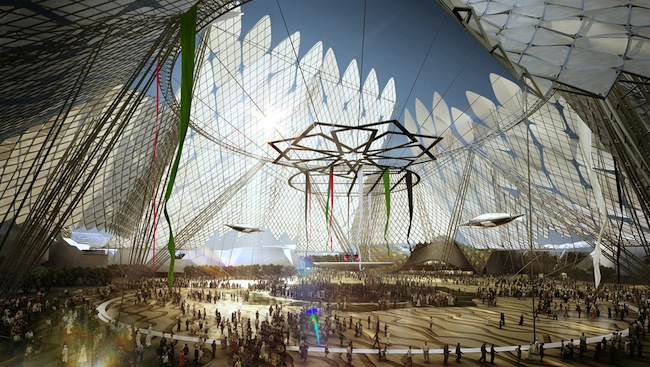
Last Tuesday officials from Dubai declared they would transform the city into one of the most sustainable municipalities in the world by 2020. Although Dubai has expressed the aspiration before, namely as part of an initiative to expand parkland, this latest statement incorporates multiple kinds of environmental performance. Speaking locally at an event sponsored by the Dubai Chamber, city directors Hussain Nasser Lootah and Mohammad Mashroom laid out strategies for increasing solar production, capturing energy from waste, and mandating more rigorous green building. Dubai’s first photovoltaic plant went online in late October, and the 13-megawatt facility will expand to 1,000 megawatts by 2030. A new version of the Dubai Green Building Code rolls out in early 2014, as well.
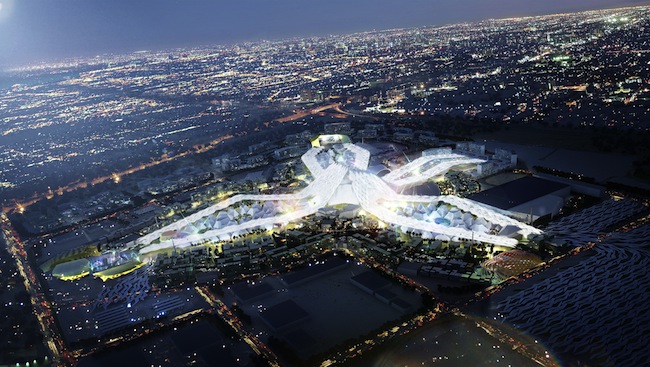 |
| Courtesy Dubai Expo 2020 |
Tuesday’s announcement lent both dimension and urgency to the seven-year-long project, as the city also prepares to welcome a projected 25 million visitors to Expo 2020. Bureau International des Expositions selected Dubai for Expo 2020 on November 27, and the event will represent the first time a Middle Eastern city has hosted it since world’s fairs began in London in 1851. In turn, the United Arab Emirates has earmarked approximately $6.2 billion to fund a 1,082-acre fairground and surrounding networks. Sustainable development of this Expo 2020 infrastructure will contribute to Dubai’s greenest-city goal.
HOK partnered with Populous and Arup on an underlying master plan, in which three fairground zones radiate from a central plaza named Al Wasl. The configuration is inspired by the traditional souk—although the venue also updates tradition by deploying a photovoltaic fabric structure over the main walkways. Event officials hope these tensile PVs, in tandem with building-mounted arrays, will help generate the 50 megawatts required to furnish half of Expo 2020’s energy demand. Wastewater management, material reuse, and energy monitoring are also included among the expo’s suite of eco-strategies.
Though staged multiple years and thousands of miles apart, world’s fairs share a penchant for sustainability. Since Hannover, Germany, celebrated responsible technology for Expo 2000—and inaugurated a solar-powered village on the outskirts of its fairgrounds—expositions have consistently gone green in branding and infrastructure. Aichi, Japan, completed a magnetic-levitation train in time for its nature-themed 2005 event; Shanghai constructed six new subway lines and retrofitted its riverfront with LEDs for a host turn in 2010. In Dubai, total development costs for Expo 2020 are estimated at $8.9 billion.

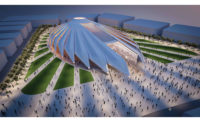
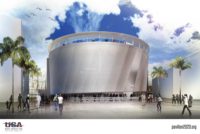
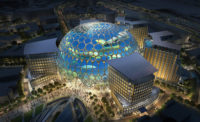


Post a comment to this article
Report Abusive Comment